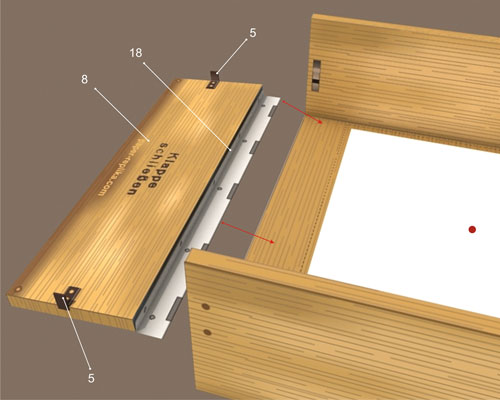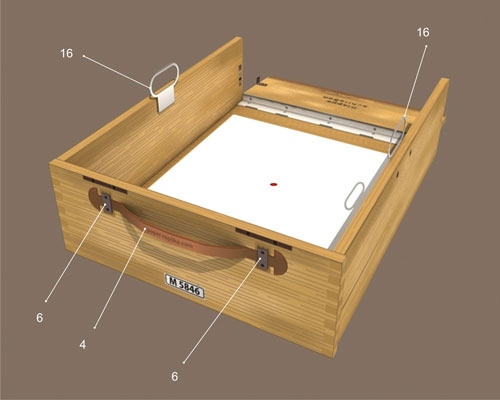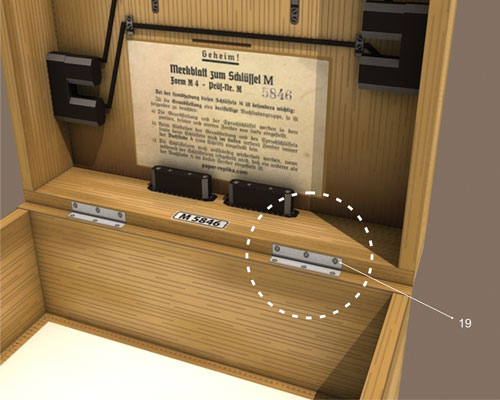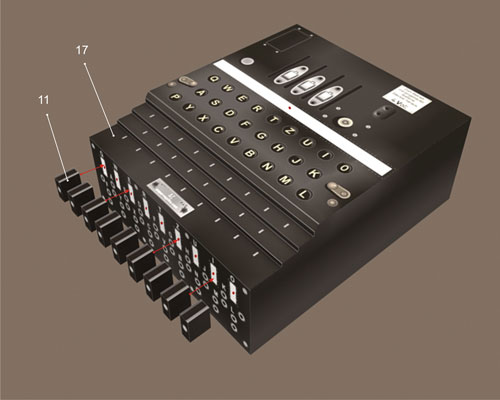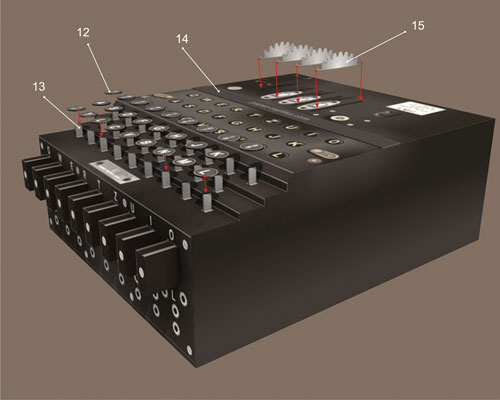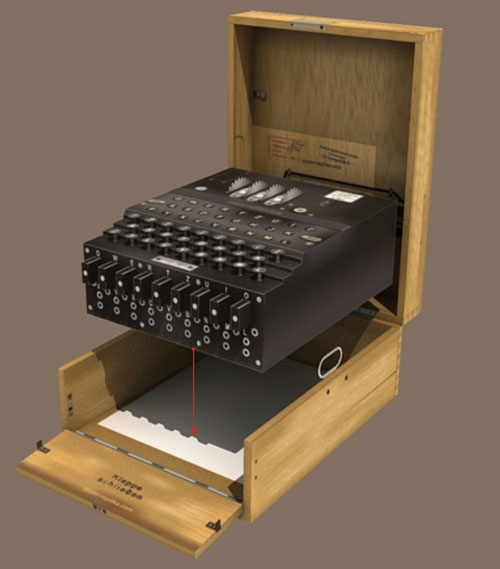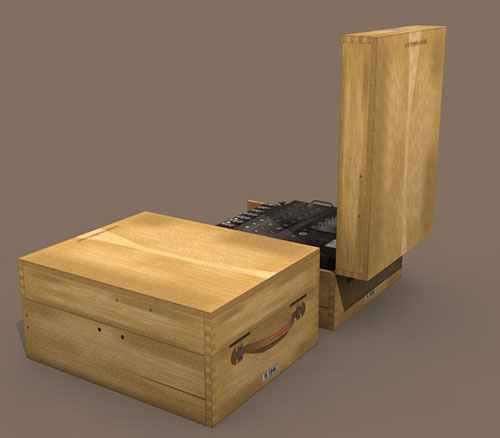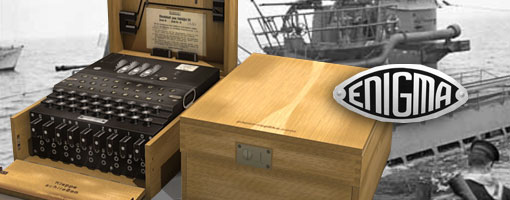
The Enigma machine is any of a family of related electro-mechanical rotor machines that have been used to generate ciphers for the encryption and decryption of secret messages. The Enigma was invented by German engineer Arthur Scherbius at the end of World War I. It was used commercially from the early 1920s and was adopted by military and governmental services of a number of countries — most notably by Nazi Germany before and during World War II. A variety of Enigma models were produced, but the German military model, the Wehrmacht Enigma, is the version most commonly discussed.
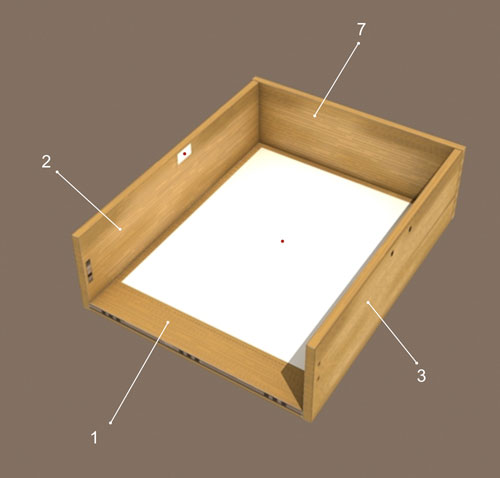
The machine has gained notoriety because Polish mathematicians-cryptologists and then Allied cryptologists were able to decrypt a vast number of messages that had been enciphered on the machine. The intelligence gleaned from this source, codenamed ULTRA, was a substantial aid to the Allied war effort. The exact influence of ULTRA is debated, but an oft-repeated assessment is that decryption of German ciphers hastened the end of the European war by two years.
Though the Enigma cipher had cryptographic weaknesses, in practice it was only in combination with other factors (procedural flaws, operator mistakes, occasional captured machines and key tables) that those weaknesses allowed Allied cryptologists to decrypt messages. [Wikipedia]
